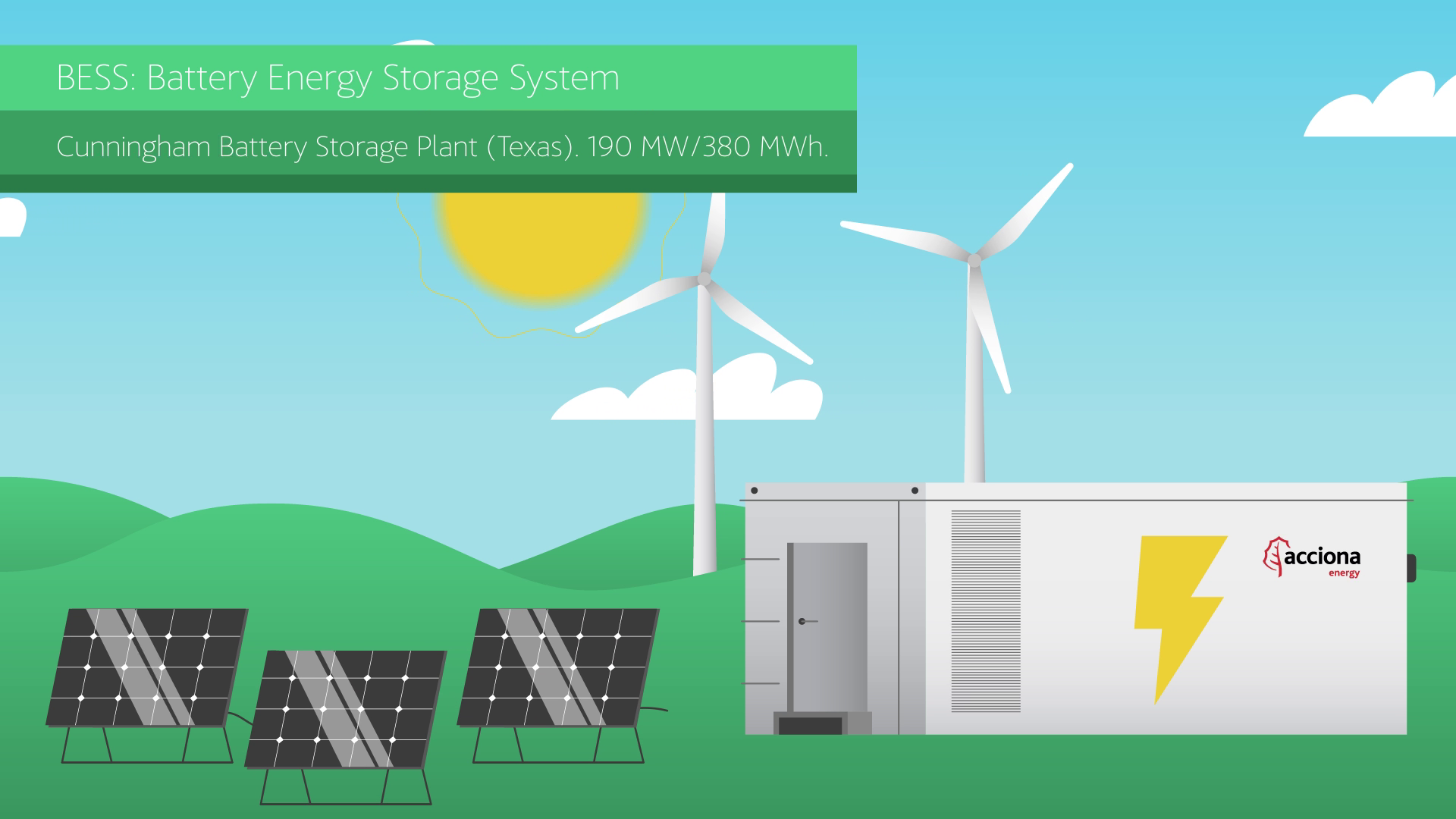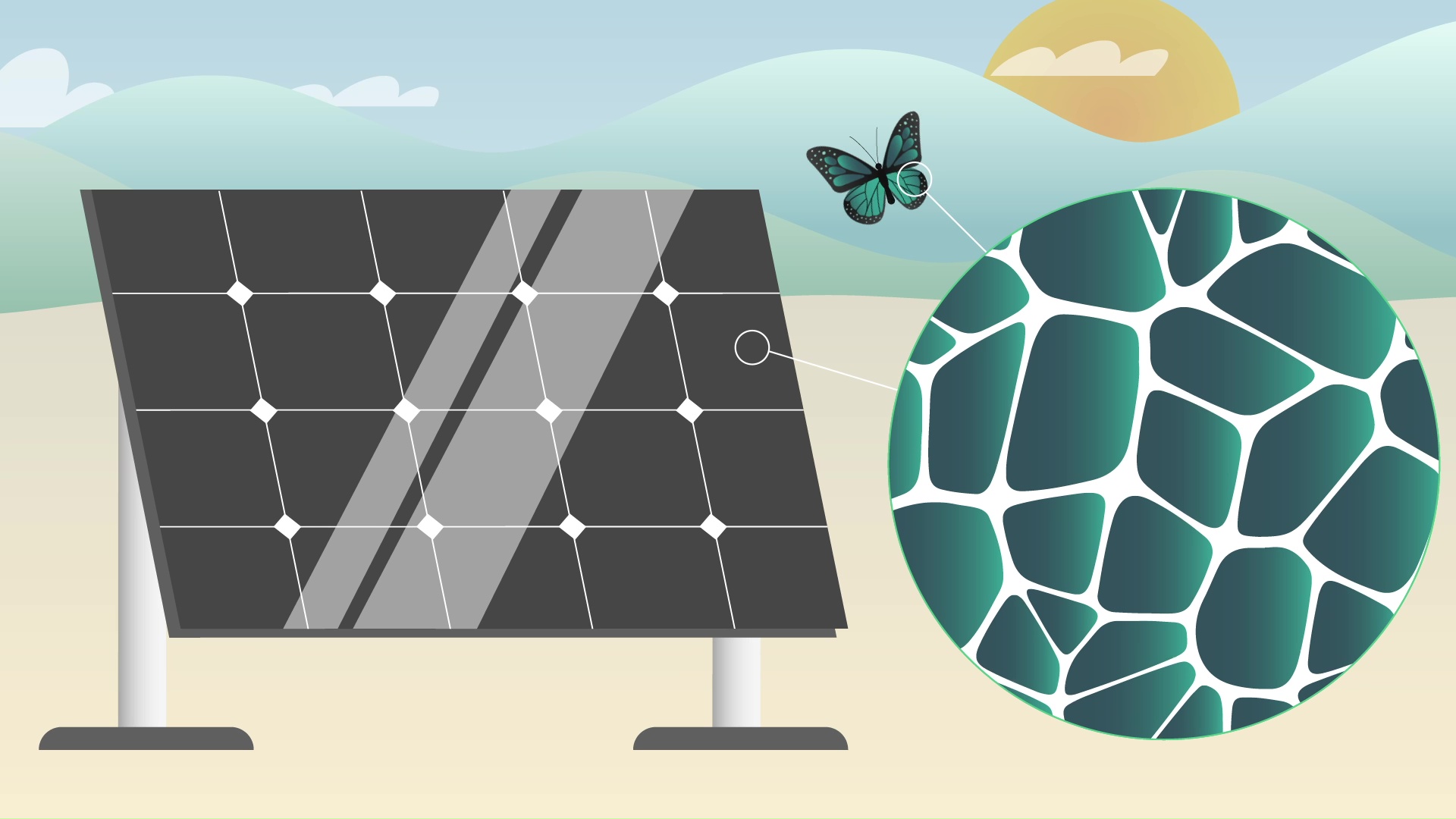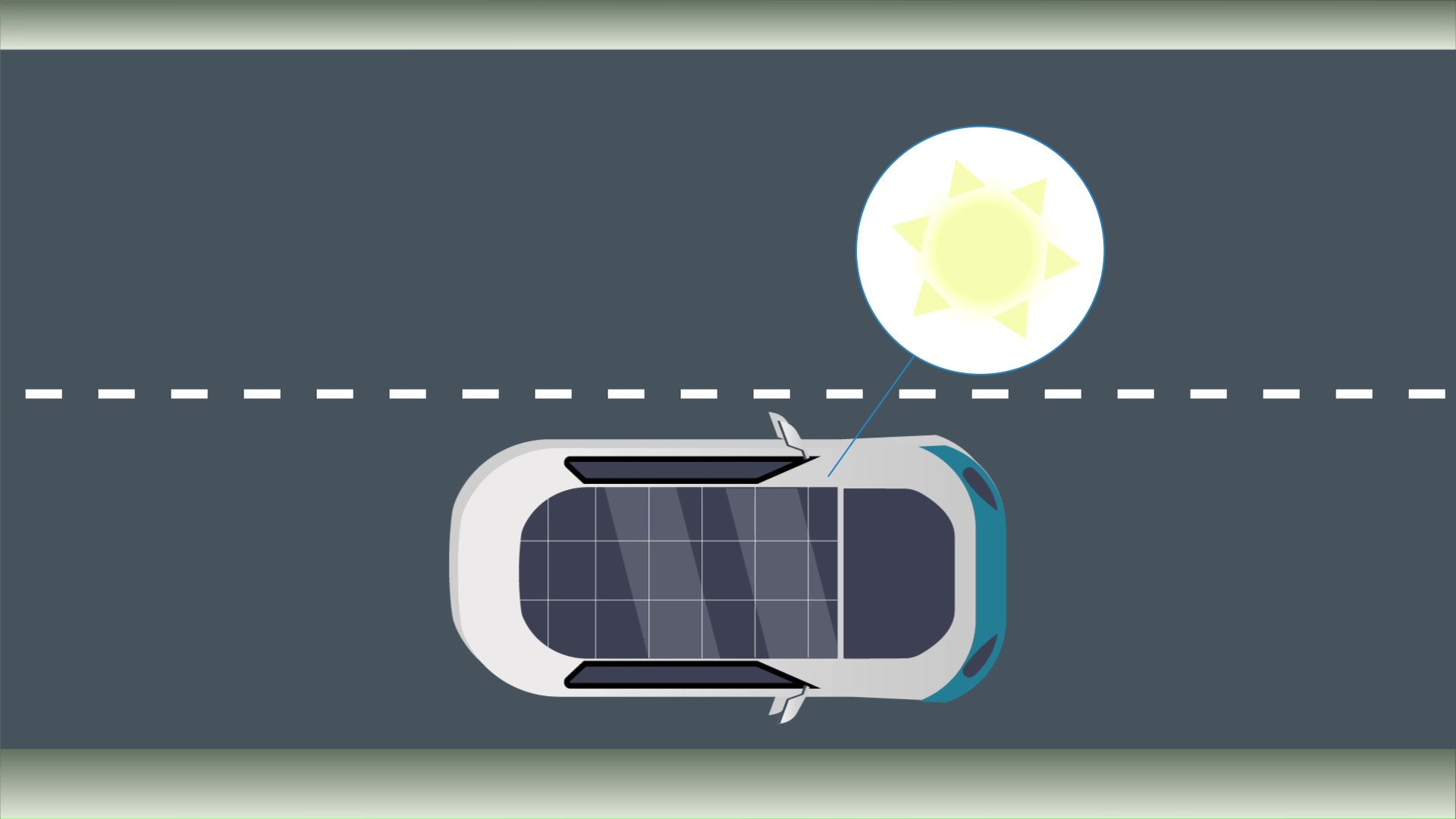Temperature Variations as a Source of Energy
MIT scientists have developed a graphene-based material that can leverage daily temperature swings to produce electricity.
This autonomous, electrically powered device marks a breakthrough in making geothermal energy accessible to households.
MIT scientists have developed a graphene-based material that can leverage daily temperature swings to produce electricity.
Scientists all over the world are exploring the possibilities afforded by the human body as a source of electricity to power portable electronic devices.
Sweden is deploying a new e-road network that will allow electric cars to charge their batteries while on the move.
Electronic devices long ago dispensed with cables transmitting information. Now, their power supply could follow the same path.
Among the ever-increasing features of smart buildings, a new technology could prove to be one of the biggest advances yet: a high precision software to measure energy consumption.
Biomimicry, the term that describes technology inspired by Nature, was coined in the mid-twentieth century. Today, that approach makes it possible to create energy-saving solutions.
The wings of a black butterfly hold the key to double the efficiency of the current solar panels.
Read the most discussed articles
Solar thermal energy, also called solar thermal power or thermoelectric energy, is a renewable energy that uses the heat of the sun to produce clean electricity on a large scale. Like photovoltaic energy, which uses light energy from the sun captured by solar cells, solar thermal technology uses the sun's heat to warm a fluid, produce steam, and generate electricity in a conventional thermal process. There are also several technologies used to produce thermal energy: parabolic trough and central tower, primarily.
Solar thermal energy, also called solar thermal power or thermoelectric energy, is a renewable energy that uses the heat of the sun to produce clean electricity on a large scale. Like photovoltaic energy, which uses light energy from the sun captured by solar cells, solar thermal technology uses the sun's heat to warm a fluid, produce steam, and generate electricity in a conventional thermal process. There are also several technologies used to produce thermal energy: parabolic trough and central tower, primarily.









